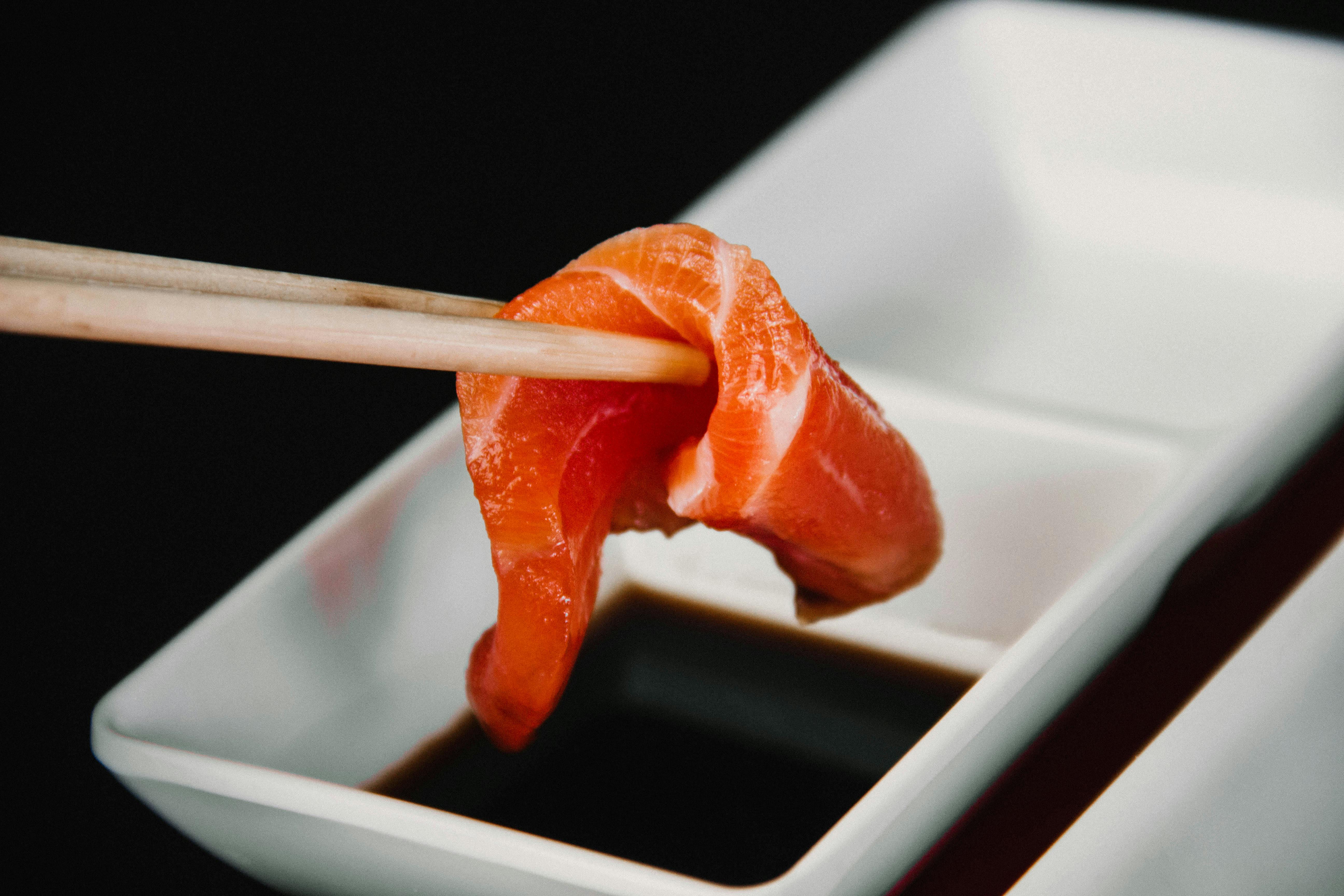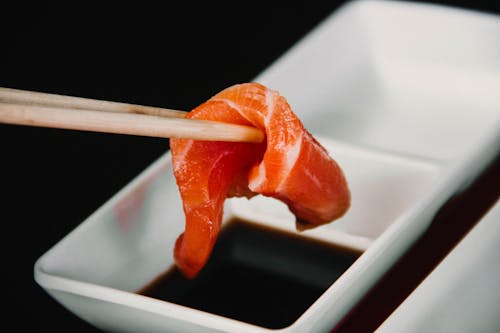It’s not a good idea to lick or suck your chopsticks to clean the food off.
What is disrespectful with chopsticks?
Can I eat spaghetti with chopsticks?
If the noodles are long, you can use your chopsticks to lift them to your mouth.To stop the sauce from making too much of a mess, you can use your chopsticks to guide your noodles to your mouth.
What is considered rude when visiting a restaurant in Japan?
Loud slurping is rude in the U.S., but not in Japan.Don’t forget to use your chopsticks to get the noodles into your mouth.If you want to eat closer to your plate, you should bring your small bowl of food close to your face.
What can you not eat with chopsticks?
Some examples are beans, whole boiled eggs, and greasy and slippery meat.If you find yourself in a situation where you can’t pick up a boiled egg with your chopsticks, don’t stab or skewer it.You should get a spoon or fork.
Why is it rude to put chopsticks up in your rice?
Do not stick your chopsticks into your food or rice when you are eating with them.In Chinese culture, this is a curse.This is taboo because it reminds people of the incense used in a funeral.
Why do people rub their chopsticks?
People rub chopsticks together to remove splinters.The waribashi are disposable chopsticks that you break in half before use.If you rub your chopsticks together, you will see that the host has provided you with cheap chopsticks.
Is it an insult to tip in Japan?
Tipping is not accepted in Japan.It can be considered rude in many situations.The front register is where most Japanese restaurants require customers to pay for their meals.Tipping is not required for many hotel services.
Is it rude to finish your plate in Japan?
Not finishing one’s meal is not considered impolite in Japan, but rather is a signal to the host that one does not wish to be served another helping.When finishing one’s meal completely, especially the rice, it shows that one is satisfied and doesn’t want to be served any more.
Why can’t I hold chopsticks?
Rest the bottom chopstick on the middle finger if it’s hard to hold the chopsticks properly.It gives better control.It’s considered rude to hold the chopsticks too close to the food and bottom of the chopsticks, so you’ll want to hold them close to the top.
What age are chopsticks for?
Children should be able to use chopsticks at some point in their lives, according to guidelines from China’s Ministry of Education.
Is it OK to slurp ramen?
When eating ramen, it’s perfectly acceptable and even encouraged, despite the fact that slurping food is considered impolite to most Americans.
Is it rude to sneeze in Japan?
It is very rare for anyone to acknowledge a sneeze in Japan.They use these words after a sneeze.”Excuse me, are you all right?”
Why is eye contact rude in Japan?
In Japanese culture, people are told not to keep eye contact with others because it can be seen as disrespectful.Japanese children are taught to look at others’ necks because their eyes fall into their peripheral vision.
Is it rude to use a fork in Japan?
In Japan, it is not rude to use a fork instead of chopsticks.A lot of tourists are accommodated in restaurants.If you don’t look Asian, your server may ask if you want a fork.
Why is it rude to stick chopsticks in rice?
Do not stick your chopsticks into your food or rice when you are eating with them.In Chinese culture, this is a curse.This is taboo because it reminds people of the incense used in a funeral.
Is it rude to cross chopsticks?
When eating with chopsticks in Japan, one should not place them in an “X” shape.Crossed chopsticks are said to represent death in China.Japan doesn’t associate this practice with death, but it is still considered bad manners to cross your chopsticks.
Is it OK to wear black in Japan?
You can wear all black wherever you please.Tank tops and shorts are fine.You don’t see shorts on working Japanese because they don’t wear shorts.You can see a lot of people wearing them.
What drugs are not allowed in Japan?
Which prescription drugs are not allowed?Certain medicines for the treatment of ADD/ADHD are not allowed to be brought into Japan.


